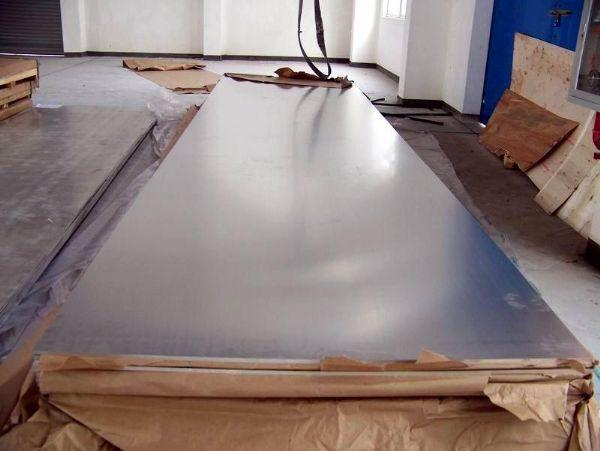Aluminium alloy 1050, often referred to simply as “1050 alloy,” is a widely used aluminum alloy known for its purity and versatility. Comprising 99.5% pure aluminum, with small trace amounts of other elements, this alloy exhibits a unique set of properties that make it valuable across various industries.

Chemical Composition:
The hallmark of 1050 aluminium alloy is its exceptionally high aluminum content. The chemical composition typically includes:
- Aluminum (Al): 99.5% minimum
- Silicon (Si): 0.25% maximum
- Iron (Fe): 0.4% maximum
- Copper (Cu): 0.05% maximum
- Zinc (Zn): 0.05% maximum
Key Characteristics:
- Purity: The high level of purity in 1050 alloy, along with its minimal presence of alloying elements, enhances its electrical conductivity, making it a preferred choice for electrical applications.
- Excellent Electrical Conductivity: The alloy’s exceptional electrical conductivity is a standout feature, making it ideal for use in electrical transmission lines, transformer windings, and capacitor foils.
- Thermal Conductivity: 1050 alloy exhibits excellent thermal conductivity, which makes it suitable for applications involving heat transfer and dissipation.
- Corrosion Resistance: This alloy offers good resistance to corrosion, making it useful in architectural applications, such as roofing and cladding, where exposure to the elements is common.
- Weldability: 1050 aluminium alloy is readily weldable, allowing for easy fabrication and assembly in various manufacturing processes.
Applications:
- The versatility of 1050 aluminium alloy finds application in several industries:
- Electrical Industry: It is used in electrical transmission lines, capacitor foils, and transformer windings due to its high electrical conductivity.
- Cookware: The excellent thermal conductivity of 1050 alloy makes it a preferred choice for cookware, ensuring even heat distribution during cooking.
- Architectural Sector: Its corrosion resistance and ease of fabrication are beneficial for architectural applications such as roofing, cladding, and decorative elements.
- Reflective Materials: The high reflectivity of this alloy makes it suitable for use in mirrors and lighting fixtures.
- Signage: Its ease of forming and durability make it an ideal material for signage and nameplates.
In conclusion, aluminium alloy 1050 stands out for its remarkable purity and a diverse range of properties that make it indispensable across various industries. Whether you’re in need of an excellent conductor, a heat-resistant material, or a corrosion-resistant alloy, 1050 aluminium alloy is a reliable choice for a wide array of applications.
